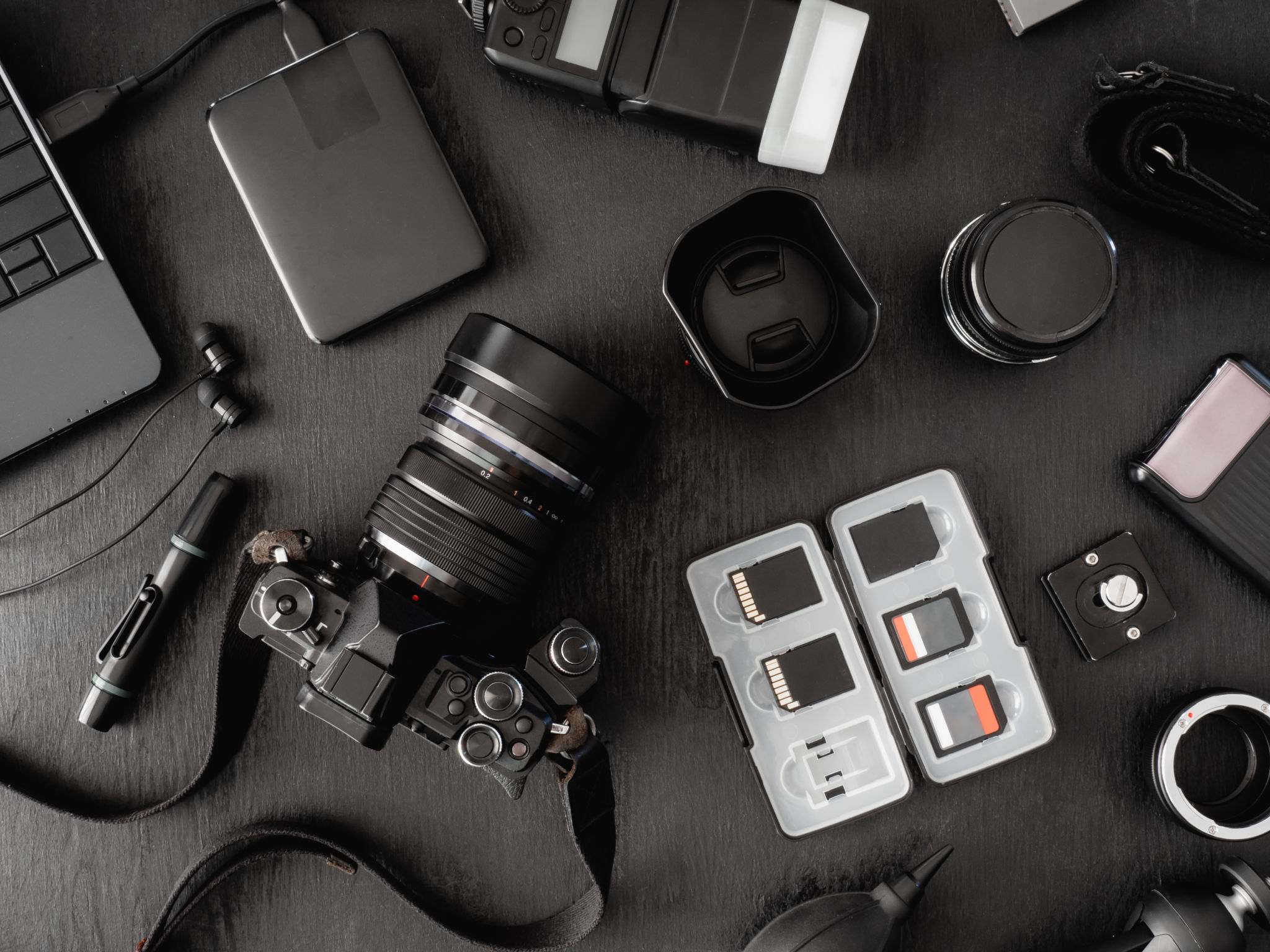Capturing Singapore's Skyline: A Guide to Cityscape Photography
Introduction to Singapore's Skyline
Singapore, a bustling metropolis, is renowned for its stunning skyline, a harmonious blend of modern architecture and lush greenery. Capturing this cityscape offers photographers an opportunity to create breathtaking images that highlight the city's unique characteristics. Whether you're a seasoned photographer or a beginner, this guide will provide you with essential tips to capture the perfect shot of Singapore's skyline.

Choosing the Right Time
The time of day plays a crucial role in cityscape photography. Golden hour, the period shortly after sunrise or before sunset, provides soft and warm lighting that enhances the colors of buildings and the sky. Blue hour, which occurs just before sunrise and after sunset, offers a contrasting cool tone that can add a dramatic effect to your photos. For vibrant nighttime shots, consider photographing the skyline at dusk when city lights start to twinkle.
Golden Hour vs. Blue Hour
Golden hour is ideal for capturing warm hues and gentle shadows, making it perfect for showcasing the intricate details of buildings. On the other hand, blue hour provides a beautiful backdrop of deep blues that contrast with bright city lights, adding an element of drama and mystery to your images.

Finding the Perfect Location
Singapore offers numerous vantage points to capture its iconic skyline. Popular spots include Marina Bay Sands SkyPark, where you can get a panoramic view of the city, and Gardens by the Bay, where you can incorporate the futuristic Supertrees into your composition. For a unique perspective, head to the rooftop bars along Boat Quay or Clarke Quay.
Hidden Gems
Apart from well-known locations, explore lesser-known spots such as Pinnacle@Duxton's sky bridge or Mount Faber. These places offer unobstructed views of the city and are less crowded, allowing for a more relaxed shooting experience.

Essential Gear and Settings
To capture stunning skyline photos, your equipment and settings play a significant role. A DSLR or mirrorless camera with a wide-angle lens works best for cityscapes as it can capture expansive views. A sturdy tripod is essential for low-light conditions, especially during blue hour or nighttime photography. Additionally, using a remote shutter release can help avoid camera shake.
Camera Settings
Settings like ISO, aperture, and shutter speed significantly impact your final image. Keep your ISO low (around 100-200) to reduce noise in your photos. Use a smaller aperture (f/8 to f/16) for greater depth of field, ensuring both foreground and background are sharp. Adjust shutter speed according to lighting conditions; longer exposures can create beautiful light trails from moving vehicles.

Post-Processing Tips
Post-processing is an integral part of cityscape photography. Software like Adobe Lightroom or Photoshop can help enhance your images by adjusting exposure, contrast, and saturation. Pay attention to the horizon line and ensure it's straight for a professional look. Additionally, emphasize the colors and details in both the sky and buildings to make your photo stand out.
Maintaining Natural Beauty
While editing can significantly improve your photos, it's essential to maintain the natural beauty of Singapore's skyline. Avoid over-editing, which can lead to unrealistic images. Strive to highlight what makes Singapore's skyline unique while preserving its true essence.

Conclusion
Capturing Singapore's skyline is a rewarding experience that allows photographers to showcase the city's vibrant energy and architectural marvels. By choosing the right time, location, equipment, and settings, you can create stunning cityscape photos that capture the essence of this dynamic city. Remember that practice is key; experiment with different angles and techniques to develop your unique style and perspective.